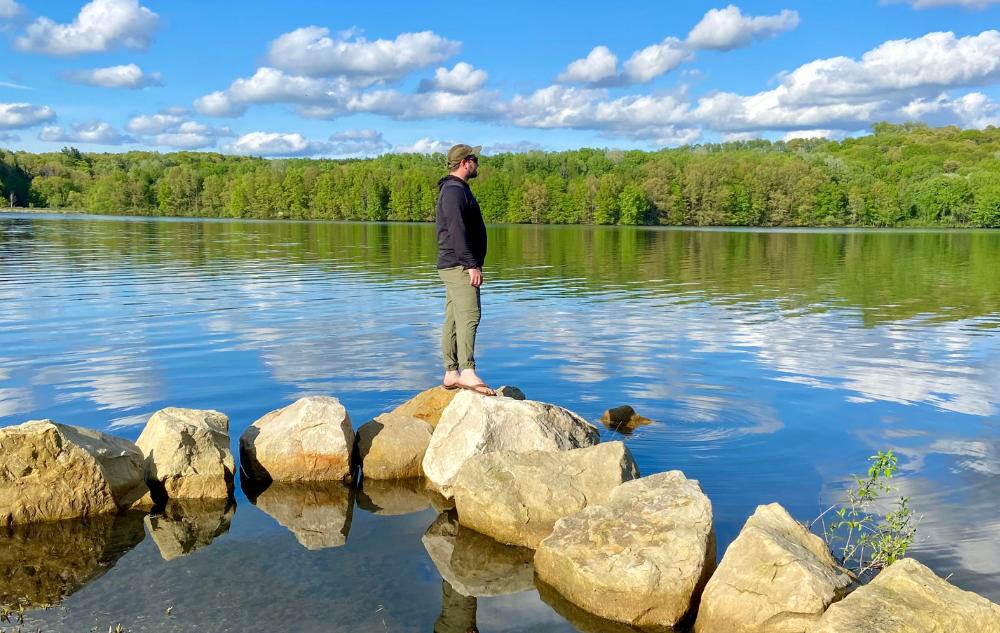Discover the Vital Role of Wetlands: Protecting Wildlife and Combating Climate Change
Our wonderful wetlands are unique ecosystems whose environment and inhabitants must be protected, conserved, and preserved. Whether small or large, wetlands are vital to the environmental balance between humans and nature. Unfortunately, these crucial land areas have been globally decimated due to extreme human development. We have a critical role to play to sustain and improve the ecological value of our wetlands.
What do you envision when you think of wetlands? Is it near an area you visit, such as our country’s coast or tidal regions, or are the wetlands you are familiar with located inland, close to your home? Wetlands are areas where water covers the soil or is near the surface for varying periods. In the spring, you may notice temporarily isolated regions of the land that fill with water, creating vernal pools.
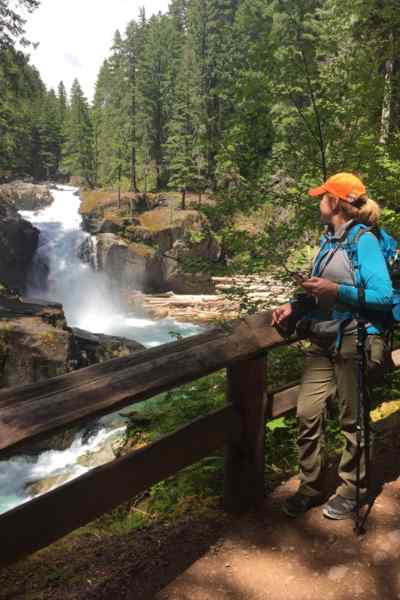
Wetland areas provide habitats for one-third of endangered or threatened species.
Macroinvertebrates, microorganisms, insects, wildlife species, small mammals, amphibians, reptiles, and fish all call wetlands home. Wetlands also serve as sanctuaries and migratory stopovers for birds. Listening to their songs can be so loud that you may feel like you’re in an aviary. The osprey, Chinook salmon, northern spotted owls, and the Roswell spring snail call wetlands home.
In the United States, only 5 percent of the country’s land surface contains wetlands. A UNESCO inter-environmental global treaty was created in 1971 to preserve these critical areas. Known as the Ramsar Convention on Wetlands, its mission is to reduce the loss of wetlands worldwide through conservation and management preservation using sustainable practices.
Wetlands ensure the health of our waterways.
Wetlands are more than just habitats for wildlife, as we learn from the U.S. Fish and Wildlife Service. Bogs, marshes, swamps, lagoons, mangroves, and other wetland areas act as natural filters, cleaning and filtering roughly 33 trillion gallons of groundwater for our consumption. This natural filtering process reduces the need for costly human-led water treatment.
Wetlands also slow down floodwaters by supporting the heavy vegetation that thrives in wet conditions. These plants prevent erosion on beaches and riverbanks through shoreline stabilization and regulate local weather patterns, making them less extreme.
The fish and angler community helps ensure the health of our waterways. Their conservation is a direct investment in the future of our fishing and angling activities. This is another reason to protect these areas.
Wetlands have impressive carbon-capture abilities.
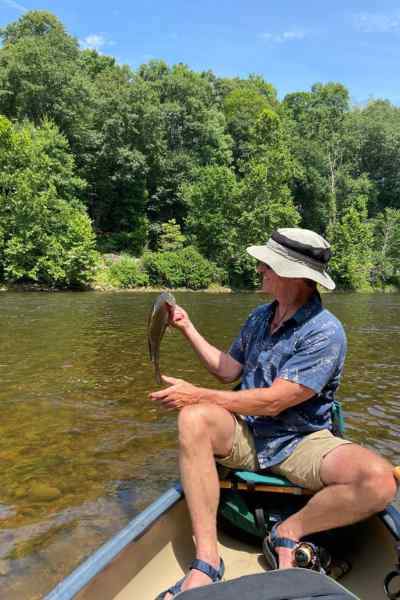
The World Wildlife Organization emphasizes how essential wetlands are. “Wetlands cover a small portion of the planet, but their carbon-capturing abilities pack a big punch. They can store 50 times more carbon than rainforests, helping to keep the heat-trapping gas that contributes to climate change out of the atmosphere. Wetlands pull leaves, animal waste, and other high-carbon matter down from the water’s surface. This natural debris is buried by the water and sediment in the wetlands, locking them away. Another advantage is that wetlands grow quickly and remain stable, meaning they have long lifespans of sucking carbon from the atmosphere.”
Wetlands adorned with myriad nutrients and mineral-rich soils and rocks are a sight to behold. Picture lush greenery landscaped with a tapestry of native and invasive plants, moss, lichen, trees, shrubs, and a kaleidoscope of fungi. It’s a remarkable sight that can inspire a deep appreciation for the natural world.
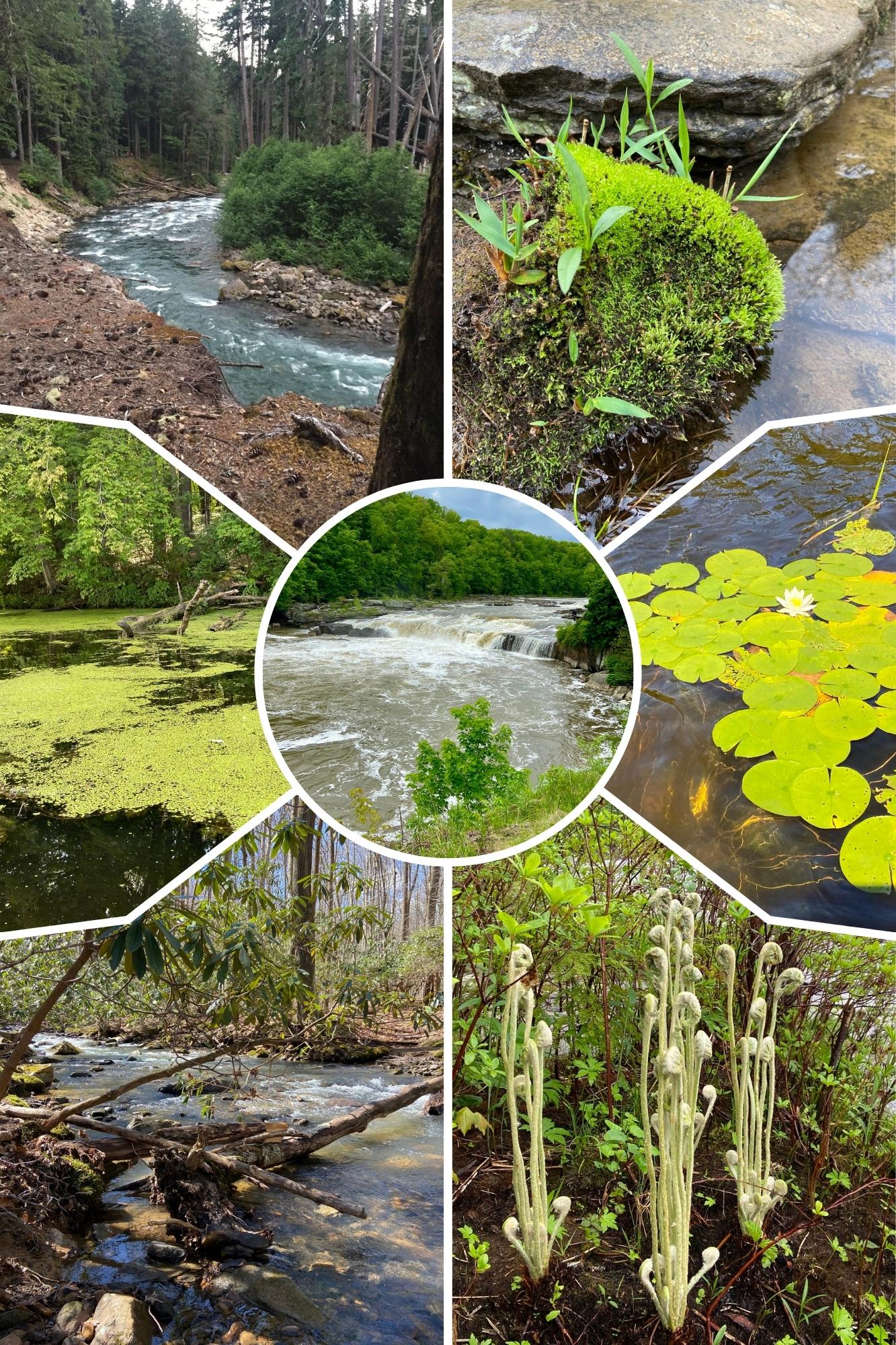
Thirty-one percent of wetland plants are essential to wetlands, including willows, cattail reeds, grass-like perennials, lily pads, swamp milkweed, and the unique pitcher plant that lures, traps, and eats insects.
Thirty wetlands in the United States are recognized as being internationally important by the Ramsar Convention.
These wetlands, such as the Delaware Bay Estuary, the Okefenokee National Wildlife Refuge, Everglades National Park, the Lower Wisconsin Riverway, and the San Francisco Bay Estuary, are not just any wetlands. They are unique in their biology, characteristics, functions, and incredible diversity, making them truly captivating.
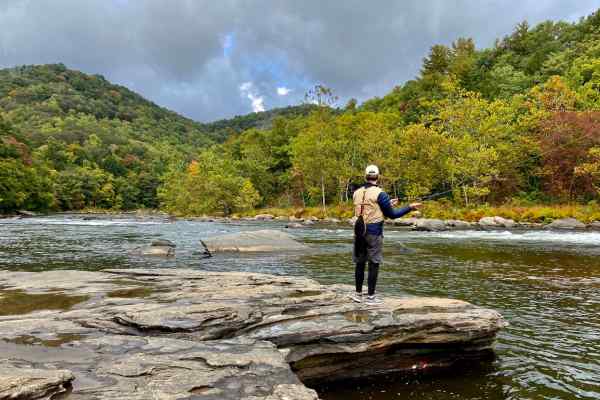
The Fisheries Office of Habitat Conservation, a National Oceanic and Atmospheric Administration (NOAA) division, is at the forefront of protecting and restoring coastal wetlands. Through initiatives such as habitat restoration projects, scientific research, and public education campaigns, it preserves wetlands and the health and biodiversity of these essential ecosystems. Its work is crucial and deserves our support.
Wetlands are facing many threats at accelerating rates.
Wetlands are being lost at alarming rates, with 35% loss globally since 1970. According to Global Wetland Outlook, they are our most threatened ecosystem, disappearing three times faster than forests.
Changes in land use has been the biggest driver of the degradation of inland wetlands since 1970. Agriculture is responsible for damaging over half of the wetlands deemed to be of international importance.
Changing hydrology, rising sea levels, and coral bleaching impact wetlands, with arctic and montane wetlands most at risk of degradation and loss. These changes are happening faster than anticipated, underscoring the urgent need for wetland conservation.
Wetlands are impacted directly by our actions.
Their waters eventually flow into the sea, affecting water quality. We are inextricably connected to our natural world, water systems, and inhabitants. Get involved with your local watershed to learn more about sustainable practices that you can put into action.

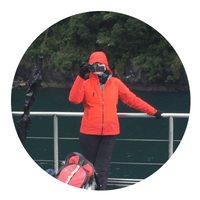
Written by Yvonne Dwyer
Master Naturalist and OPL Content Contributor
“It is truly an honor for me to be a contributor to One Planet Life. By sharing my experiences and lifetime of learning, I hope to inspire conservation, sustainability, stewardship, and awareness of enjoying the natural wonders of the world for the wellbeing of people and the planet.”

